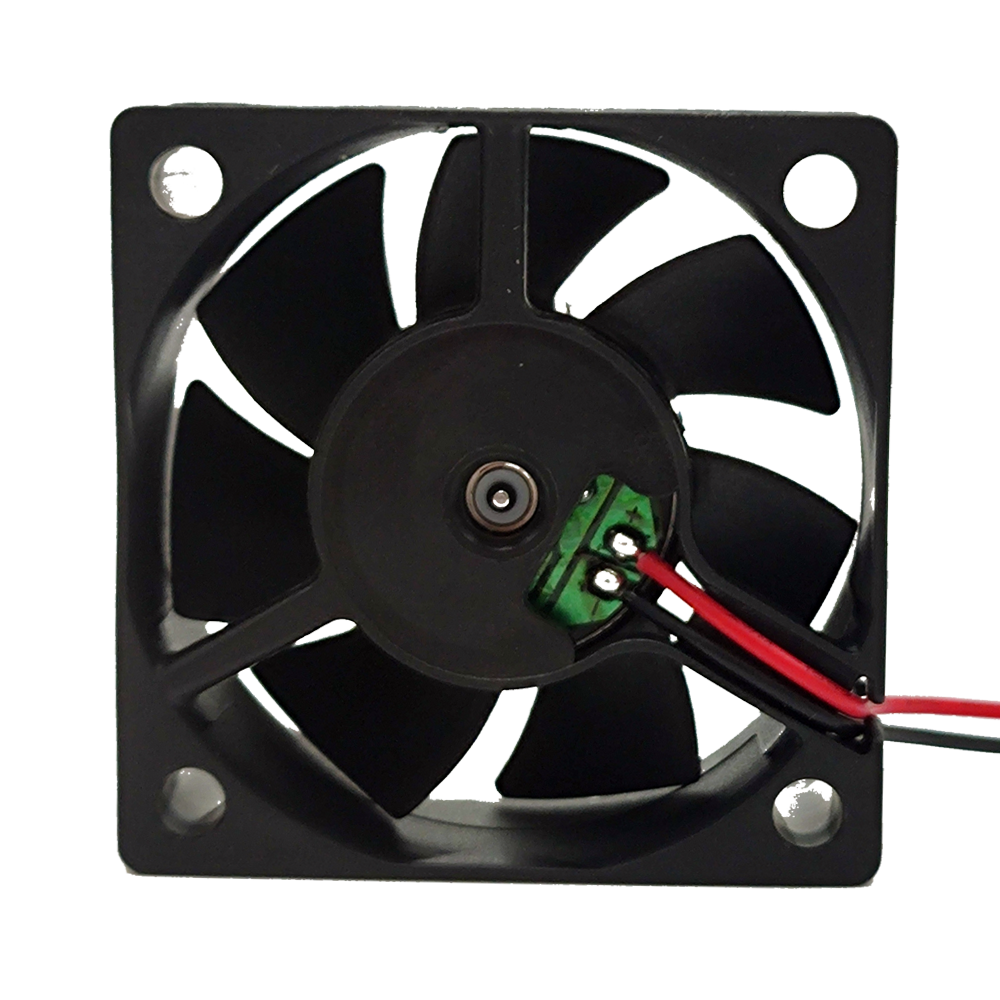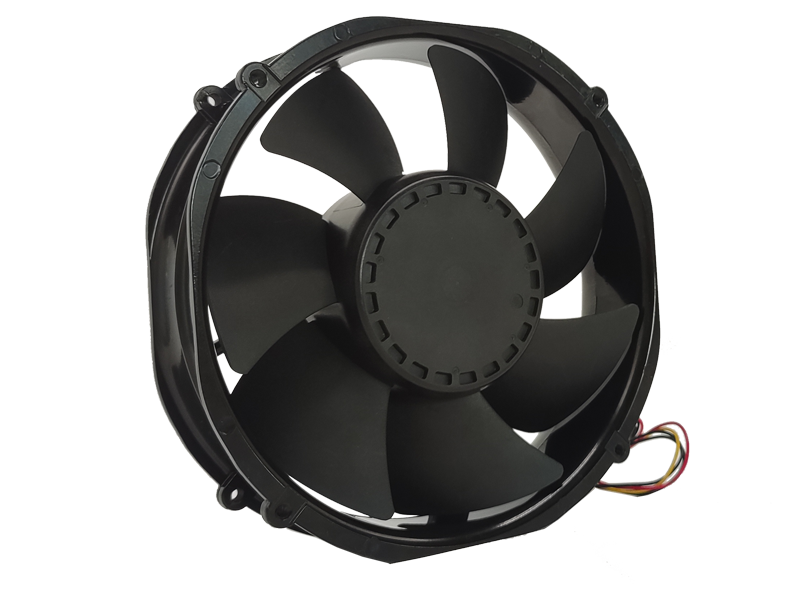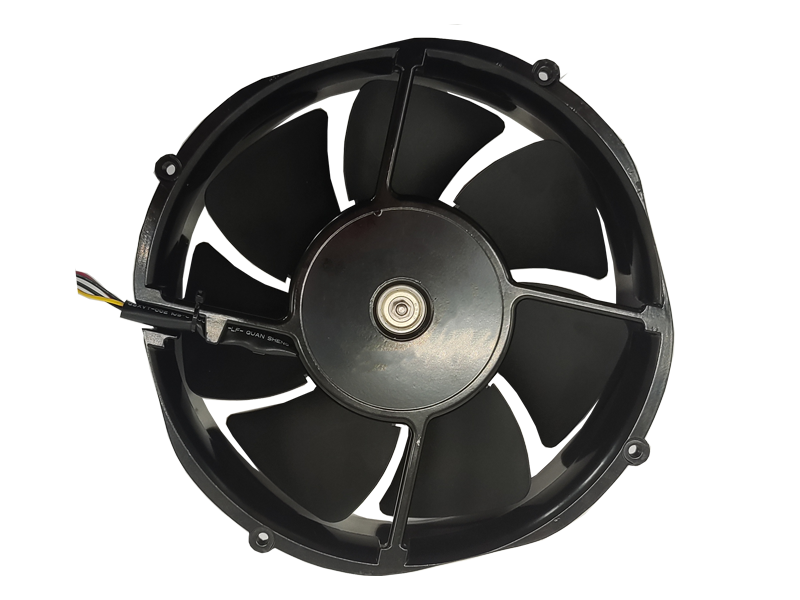When considering the intricate systems that power industrial operations, the role of industrial fans often goes unnoticed. Yet, these machines are vital in ensuring efficient processes, temperature regulation, and air quality management. This article delves into the importance of industrial fans from a product-centric perspective, examining their functions, applications, design innovations, and market dynamics.
1. Core Functions of Industrial Fans
1.1 Primary Functions
Industrial fans fulfill several essential functions in various settings, including:
Air Circulation: Promoting the movement of air to ensure consistent temperatures and eliminate dead spots.
Heat Dissipation: Assisting in cooling processes, which is critical for machinery and manufacturing operations.
Dust and Fume Extraction: Providing ventilation to remove harmful particles and gases from the workplace.
1.2 Key Types of Industrial Fans
Different types of industrial fans cater to specific operational needs:
Axial Fans: Best suited for large volumes of air with low-pressure requirements, often used in general ventilation applications.
Centrifugal Fans: Ideal for applications requiring high static pressure, such as pneumatic conveying and industrial processes.
Inline Fans: Used in duct systems for efficient air movement, commonly employed in HVAC applications.
2. Design Innovations in Industrial Fans
2.1 Material Innovations
The material selection for industrial fans is critical for performance and durability. Innovations in materials have led to:
Composite Materials: Offering strength without the weight, composites can resist corrosion and fatigue.
Thermal Resistance: Materials engineered to withstand high temperatures enhance the lifespan of fans in industrial settings.
2.2 Enhanced Blade Design
Blade design is a significant factor in fan efficiency and noise reduction. Advances in blade technology include:
Aerodynamic Profiles: Optimized blade shapes can improve airflow and reduce energy consumption.
Noise-Reduction Features: Incorporating design elements that minimize turbulence can lead to quieter operations, essential in many environments.
2.3 Motor Technology
The evolution of motor technology has significantly impacted industrial fans:
Energy-Efficient Motors: High-efficiency motors reduce power consumption and operating costs.
Smart Motor Controls: Integrating variable frequency drives (VFDs) allows for precise speed control based on operational demands.
3. Application of Industrial Fans Across Industries
3.1 Versatile Applications
Industrial fans find application in diverse industries, including:
Manufacturing: Vital for cooling machinery and maintaining optimal conditions for production processes.
Food Processing: Used for drying, cooling, and maintaining air quality in food storage facilities.
Chemical Plants: Essential for fume extraction and providing safe working environments.
3.2 Growing Industry Demand
The increasing focus on operational efficiency and regulatory compliance is driving demand for industrial fans:
Regulatory Compliance: Stricter regulations on air quality and worker safety require industries to invest in effective ventilation solutions.
Efficiency Improvements: Companies are seeking to enhance their operational efficiency through the adoption of advanced fan technologies.
4. Challenges Facing the Industrial Fan Market
4.1 Price Sensitivity
The industrial fan market faces pressure on pricing, requiring manufacturers to balance cost and quality. Key strategies include:
Value Engineering: Redesigning products to reduce costs while maintaining performance and reliability.
Competitive Pricing Strategies: Offering attractive pricing structures to penetrate cost-sensitive market segments.
4.2 Maintenance Challenges
Maintaining industrial fans in demanding environments can be challenging. Companies must implement:
Predictive Maintenance: Utilizing technology to forecast maintenance needs can prevent unplanned downtime.
Comprehensive Training: Ensuring staff are trained in proper maintenance practices to extend the life of equipment.

5. Future Directions for Industrial Fans
5.1 Smart Technology Integration
The future of industrial fans lies in the integration of smart technologies:
IoT Connectivity: Fans equipped with IoT capabilities can provide real-time data, enabling better operational decisions.
Automated Systems: Implementing automated controls for fans can enhance efficiency and reduce energy consumption.
5.2 Sustainable Practices
As industries move toward sustainability, the focus on energy-efficient solutions will intensify:
Renewable Energy Solutions: Exploring options for powering fans with renewable energy sources can enhance sustainability efforts.
Lifecycle Assessments: Conducting assessments to evaluate the environmental impact of fan systems can lead to improved designs and materials.
Conclusion
Industrial fans are integral to maintaining efficiency and safety in industrial environments. As the market evolves, manufacturers must focus on innovation, sustainability, and smart technologies to meet the growing demands of various industries. By understanding the importance of these fans and investing in their development, companies can ensure they remain competitive in a rapidly changing landscape.
Recommended Products

The main purpose:Car charging station

The main purpose:Car charging station

The main purpose:Electronic refrigerators, water dispensers, direct drinking machines, inverter power supplies
Address:No. 4137, Longgang Avenue (Henggang Section), Henggang Community, Henggang Street, Longgang District, Shenzhen
hotline:13530005572(Chen)15112579390(Li)


Welcome all friends to come for consultation and negotiation.
Copyright 2024 @ Shenzhen Youneng Xinyuan Electronics Co., Ltd.,(industrial fans,industrial blowers,axial fans,cooling fans manufacturer,centrifugal fans,ac cooling fans,dc cooling fans)